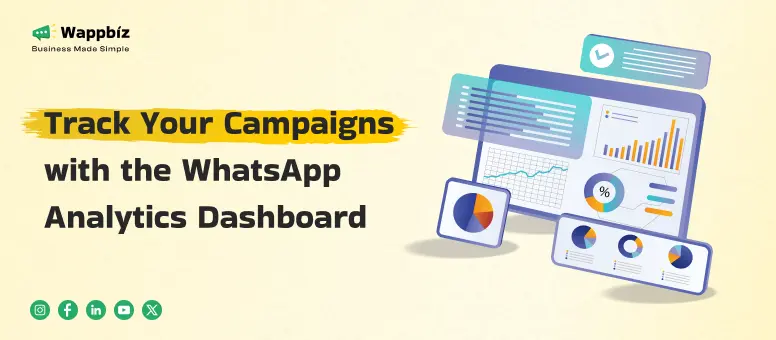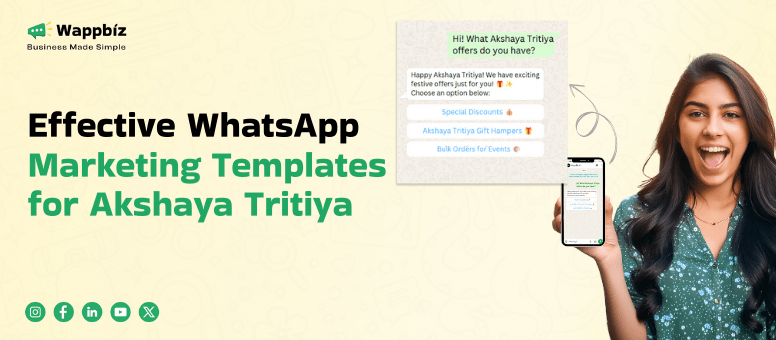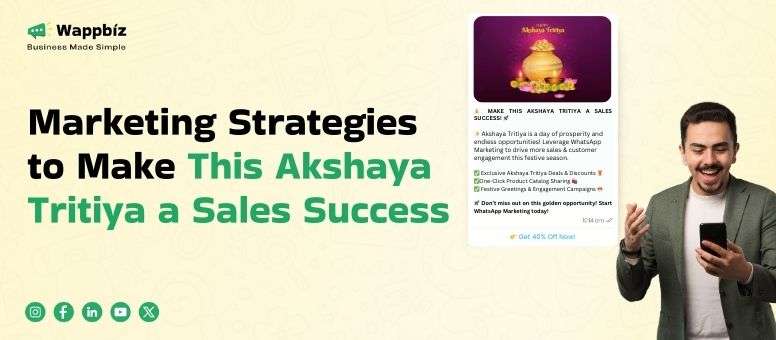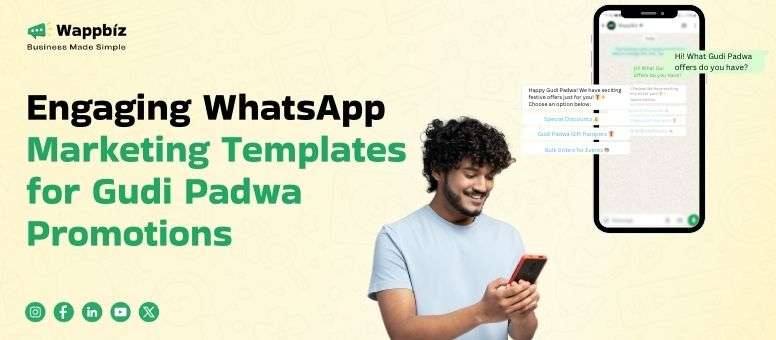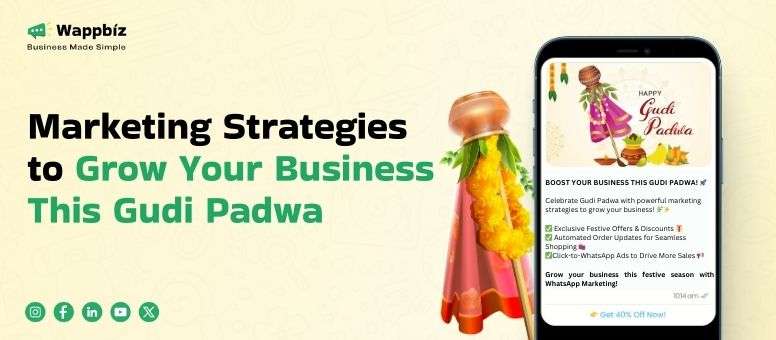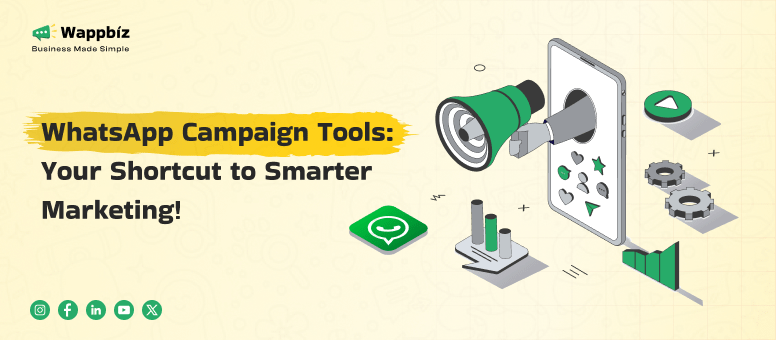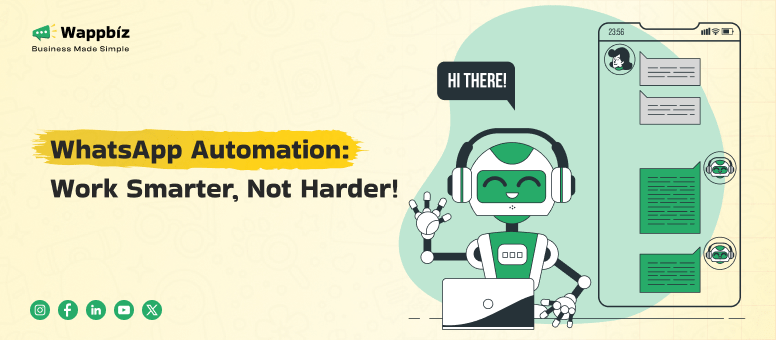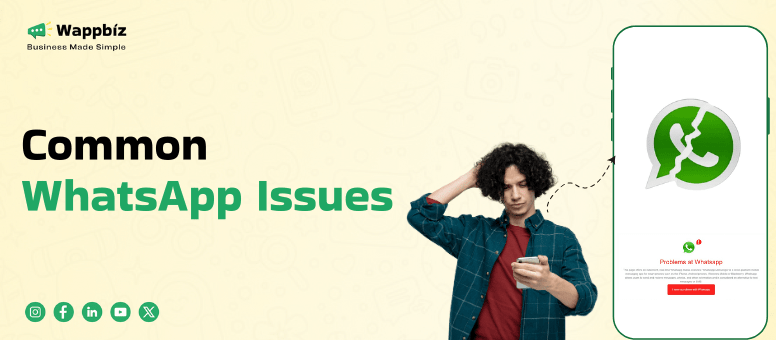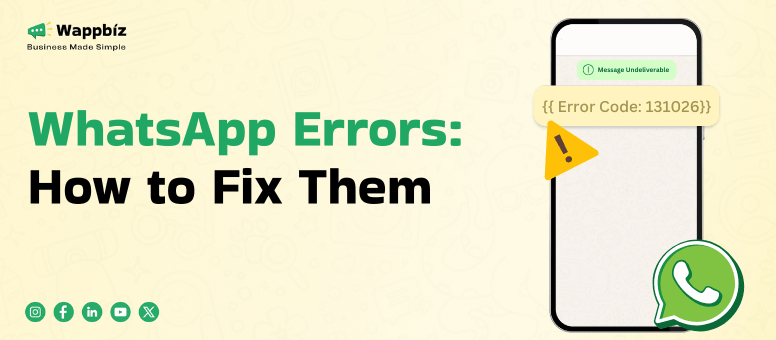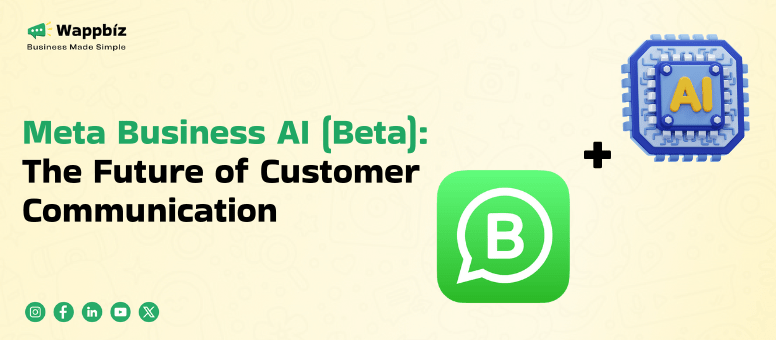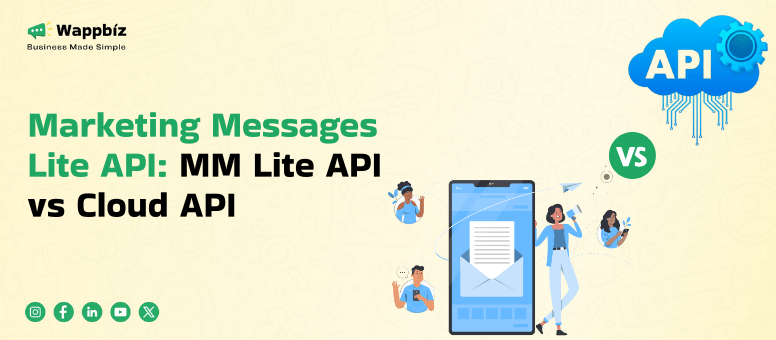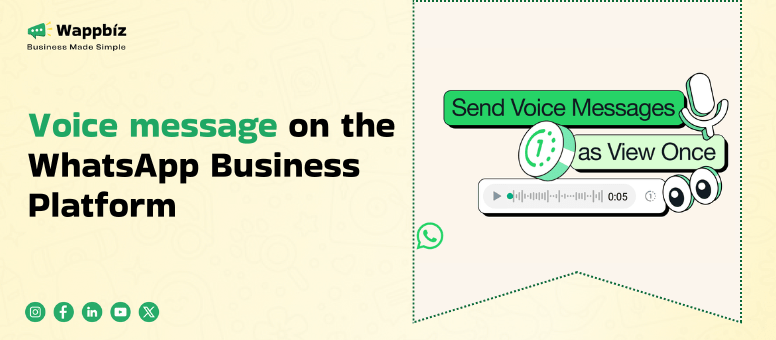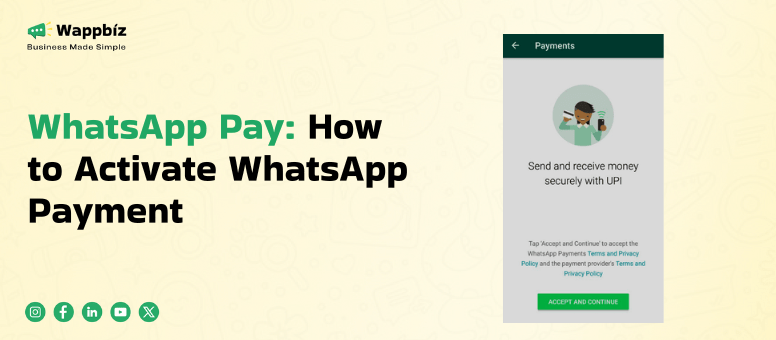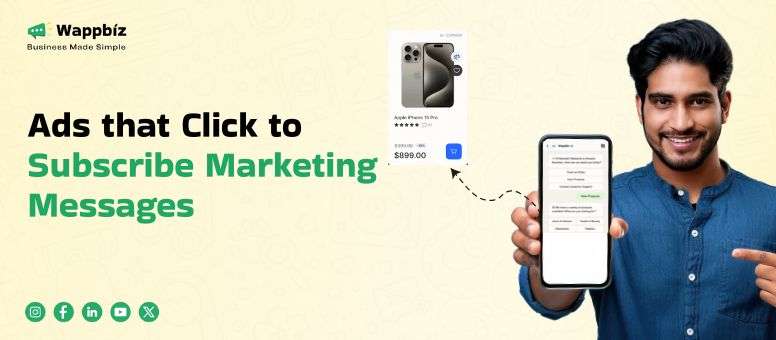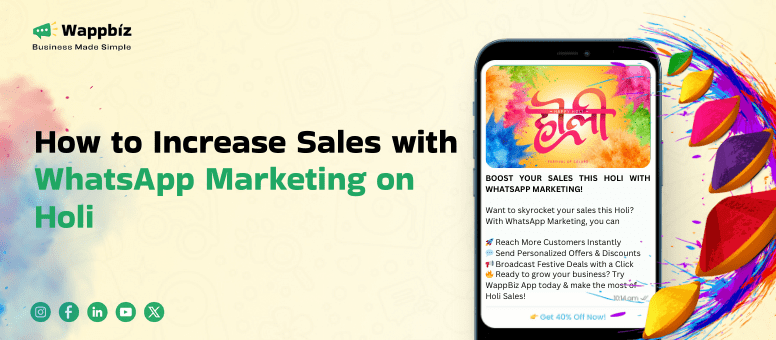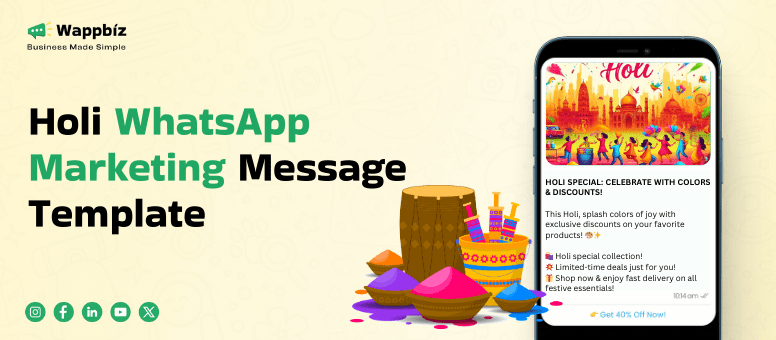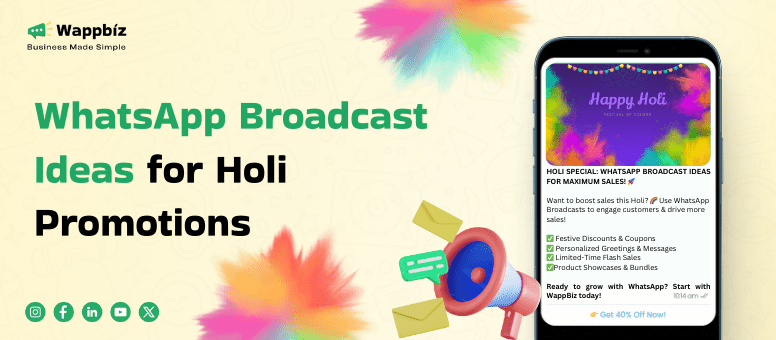Campaign analytics involves collecting and analyzing data from marketing campaigns to measure performance and drive success. Studies show that companies using campaign analytics see a 20% increase in engagement rates and a 15% boost in ROI. By tracking key metrics like click-through rates and conversions, businesses can optimize strategies and maximize their marketing impact.
What is Campaign Analytics?
Ever wonder why some firms consistently seem to have great marketing? It’s the potency of campaign analytics, not just chance. Campaign analytics is the gathering and analysis of marketing campaign data intended for performance assessment and success evaluation. It serves as a road map, pointing out areas that require work as well as those with the most potential.
Tracking important indicators, including engagement rates, click-through rates, and ROI (return on investment), helps companies instantly improve their plans. Campaign analytics provides insightful analysis of consumer behavior and preferences, whether it is for a Google Ads campaign, an email blast, or a social media ad, therefore helping managers to maximize every component of their campaigns.
Example: Campaign analytics can assist in determining the reason for a poor open rate in an email campaign; perhaps the subject line isn’t interesting enough or the material doesn’t appeal to the audience. By means of this data-driven method, marketers may make deliberate changes, thereby improving outcomes and optimizing return on investment.
Why is Campaign Analytics Important in Marketing?
Businesses are effectively marketing in the dark without campaign analytics, unable to see what is causing success or failure. Campaign analytics gives them the ability to design very successful, focused campaigns that not only increase involvement but also stimulate sales and expansion.
Use Cases for Campaign Analytics: How Data-Driven Marketing Creates Success
In the digital world of today, marketing is about strategy, data, and analytics; it transcends mere creativity. Campaign analytics provides information on what works and what doesn’t, enabling companies to monitor and evaluate marketing success. Using data allows businesses to create focused campaigns engaging people and producing outcomes. Let’s investigate some important application scenarios of campaign analytics in many different sectors.
1. Maximizing Social Media Campaigns
Use Case: Social Media Engagement and Reach Study
Track campaign results using likes, shares, click-through rates, and follower growth. Real-time strategic changes will help to improve reach and involvement.
Example: A fashion company can copy successful elements by using analytics to find product images causing the highest sales.
2. Tracking Email Marketing Campaigns:
Use Case: Evaluating Email Performance
Review open rates and click-through rates (CTR) to hone email plans. Based on analytics, A/B testing subjects or materials can increase involvement.
Example: An e-commerce company segments consumers using analytics and sends tailored offers, therefore boosting sales.
3. Using paid advertising efficiency monitoring:
Use Case: Track paid ad performance and return on investment.
Track KPIs, including conversion rates and Cost Per Click (CPC), to find successful advertising and spend funds in line.
Example: An online learning platform bases its resources on comparable advertisements by employing analytics to ascertain which courses attract the most sign-ups.
4. Personalized Customer Journey Mapping
Use Case: Developing Individualized Strategies
Map consumer paths to pinpoint areas of conversion and customize marketing depending on user activity.
Example: A travel business tracks site visits using analytics and targets consumers who routinely view vacation packages with tailored offers.
5. Analyzing Multichannel Campaigns for a Unified Strategy
Use Case: Monitoring Multichannel Performance
Combine information from many sources to see campaign results holistically and distribute funds wisely.
Example: An automotive company assesses the efficacy of a car launch campaign across social media, email, and events.
6. Sentiment analysis for brand perception monitoring
Use Case: Monitoring and Changing Sentiment
Track consumer comments on social media, reviews, and polls to evaluate brand mood and, should needed, modify strategies.
Example: A software corporation monitors sentiment following an update and starts support efforts to handle unfavorable comments.
7. Lead nurturing and tracking of conversions.
Use Case: Lead Scoring and Conversion Analysis
Based on their interactions, score leads; so, marketing initiatives should concentrate on high-quality prospects most likely to convert.
Example: A SaaS company tracks lead engagements with demos and emails using analytics, giving follow-up with highly scoring prospects first priority.
In summary, release the whole potential of campaign analytics. Campaign analytics seeks to maximize every facet of marketing. From social media to email campaigns, paid ads to customer path mapping, analytics presents strong use cases that hone marketing efforts, tailor interactions, and maximize return on investment.
Top Tools for Campaign Analytics: Advance Your Marketing Performance
Running advertisements without tracking performance is like driving blindfolded in the modern digital scene. Tools for campaign analytics give companies data to instantly maximize tactics and get better outcomes. Let’s investigate some of the best instruments and strategies for best using their possibilities.
1. Google Analytics: The All-in-One Powerhouse
- Best For: Tracking website traffic, conversions, and audience insights.
- Features:
- Monitor traffic sources and behavior.
- Set up conversion goals to track campaign success.
- Analyze audience demographics for tailored strategies.
- Pro Tip: Use UTM parameters to identify which campaigns drive the most leads or sales for maximum ROI.
2. HubSpot: The CRM-Centric Analytics Platform
- Best For: Integrating CRM with campaign tracking and automation.
- Features:
- Comprehensive campaign dashboards for email, social media, and more.
- Lead tracking from initial interaction to conversion.
- Custom reporting for tailored business insights.
- Pro Tip: Integrate with ad platforms to track ROI and map customer journeys seamlessly.
3. Hootsuite Analytics: Social Media Simplified
- Best For: Handling and evaluating social media efforts on several platforms.
- Features:
- Track engagement metrics like likes, shares, and comments.
- Monitor reach and impressions.
- Identify social media trends for future campaign optimization.
- Pro Tip: Set up custom reports for quick performance snapshots on specific campaigns.
4. SEMrush: Your SEO and PPC Campaign Companion
- Best For: SEO and pay-per-click (PPC) campaign analysis.
- Features:
- Keyword tracking and ranking analysis.
- Monitor PPC performance metrics like CPC and conversion rates.
- Competitor research for strategic insights.
- Pro Tip: Use A/B testing to refine ad copy and keywords for improved campaign effectiveness.
5. Facebook Ads Manager: Social Media Advertising Made Easy
- Best For: Managing and optimizing Facebook and Instagram ads.
- Features:
- Track real-time track of impressions, clicks, and conversions.
- Access detailed audience insights for better targeting.
- Control ad budgets based on performance data.
- Pro Tip: Implement the Facebook Pixel for retargeting website visitors with personalized ads.
6. Mailchimp: The Email Marketing Guru
- Best For: Tracking and automating email campaigns.
- Features:
- Segment audiences for targeted email sends.
- Track open rates, CTR, and general campaign effectiveness.
- Create automated workflows for emails that are based on user behavior.
- Pro Tip: Test different subject lines and email designs with A/B testing to find what works best.
7. Kissmetrics: Understanding the Customer Journey
- Best For: In-depth customer journey monotoring and funnel analysis.
- Features:
- Track user activity and match it with marketing success.
- Customer segmentation for precise targeting.
- Visualize user movement through the sales funnel for optimization.
- Pro Tip: Utilize cohort analysis to measure user retention and the effectiveness of campaigns in re-engaging customers.
8. WappBiz Insight: Tools for WhatsApp Business API
Features:
- Real-time campaign analytics and performance tracking.
- Customer engagement monitoring and sentiment analysis.
- Customizable dashboards for easy visualization.
- A/B testing capabilities to optimize campaigns.
- Personalized communication tools for targeted marketing.
How to Choose Right Campaign Analytics Tools?
- Define Campaign Objectives: Choose tools that align with your focus, whether it’s website traffic, lead generation, or conversions.
- Check Integration Capabilities: Ensure tools integrate seamlessly with your existing marketing stack for streamlined data flow.
- Evaluate Ease of Use: Opt for user-friendly platforms like Hootsuite or Mailchimp if you’re new to analytics.
Marketing success depends on your knowledge of your campaign performance. Tools including Google Analytics, HubSpot, and SEMrush provide insights that let you maximize campaigns and guide decisions. Making appropriate tool investments guarantees that every campaign is focused, results-oriented, and efficient.
What is a Campaign Analytics Dashboard?
A campaign analytics dashboard is an interactive, visual tool that aggregates and displays key performance indicators (KPIs) and metrics from your marketing campaigns. It pulls in data from multiple channels, such as social media, email, SEO, and PPC ads, offering a unified, easy-to-understand view of your campaign performance. Think of it as your marketing command center, where you can monitor, analyze, and make decisions in real time based on the data.

How to Make the Most of Your Campaign Analytics Dashboard
A campaign analytics dashboard is only effective if used strategically. Here’s how to get the most out of it:
1. Define Your Goals Early
- Why: Knowing your objectives—whether it’s lead generation, increasing website traffic, or driving conversions—guides the setup of your dashboard.
- How: Choose KPIs and metrics that align directly with your campaign goals, ensuring your dashboard focuses on the most relevant data to track progress accurately.
2. Customize Your Dashboard for Clarity
- Why: A cluttered dashboard can be as unhelpful as no dashboard at all. The clarity of your dashboard determines how quickly and effectively you can make decisions.
- How: Organize the layout so the most critical metrics (e.g., conversions, CTR, ROI) are front and center. Group related metrics together, use clear labels, and avoid information overload by keeping visuals and graphs simple.
3. Regularly Review and Adjust
- Why: Marketing conditions and campaign performance fluctuate, so ongoing review is essential for timely optimization.
- How: Check your dashboard regularly to identify trends, patterns, and anomalies. If an ad campaign shows low CTR, for instance, tweak the ad copy or target audience. For successful campaigns, consider scaling them up or replicating similar strategies.
4. Use A/B Testing Insights
- Why: A/B testing is a powerful way to identify what works best for your audience, and integrating this data into your dashboard enhances its effectiveness.
- How: Test different versions of your ads, email subject lines, or landing pages and track the results on your dashboard. The insights allow you to quickly identify winning elements and implement them across campaigns for improved results.
5. Share Insights with Your Team
- Why: A campaign analytics dashboard should serve as a collaborative tool for your entire marketing team, not just a solo resource.
- How: Set up dashboard access for team members so they can engage with and interpret the data. Share automated reports with stakeholders to keep them updated on campaign performance and demonstrate how marketing efforts are impacting business goals.
Key Metrics to Track on Your Dashboard
- Conversions: Track the number of leads or sales your campaigns generate.
- CTR (Click-Through Rate): Measure how effective your ads or email campaigns are in engaging your audience.
- Engagement Metrics: Monitor likes, shares, comments, and follower growth across social media platforms.
- Website Traffic: Keep an eye on the number of visitors, bounce rates, and time spent on your site.
- ROI (Return on Investment): Understand the financial performance of your campaigns to allocate your budget efficiently.
Conclusion
A campaign analytics dashboard is a vital tool that provides a comprehensive view of your marketing efforts, helping you make data-driven decisions quickly. Whether you’re monitoring conversions, traffic, or social media engagement, a well-structured dashboard enables you to optimize your campaigns, drive better results, and demonstrate the impact of your marketing strategies.
Ready to maximize your marketing success? Set up your campaign analytics dashboard today and turn your data into actionable insights!

FAQs:
1. What does a campaign analyst do?
A campaign analyst tracks marketing efforts, measures their performance, and provides insights. They analyze data to identify what works, what needs adjustment, and how to improve future campaigns.
2. How to do campaign analysis?
Gather data from your campaigns, review key metrics, compare results against your initial goals, and pinpoint areas for enhancement to optimize performance.
3. How do you measure KPIs in a campaign?
Use tools like Google Analytics or other campaign platforms to track KPIs such as engagement, conversion rates, CTR, and ROI. Compare these metrics to your campaign objectives to determine success.
4. What are the 3 steps in a campaign strategy?
- Planning: Define goals and target the right audience.
- Execution: Launch and manage the campaign.
- Analysis: Evaluate performance and make necessary adjustments.
5. How to do campaign tracking?
Utilize tools like HubSpot, Google Analytics, or specialized software to monitor campaign activity, audience engagement, and real-time performance, ensuring alignment with your goals.
6. How do I create a campaign plan?
Set clear objectives, understand your audience, and develop a compelling message. Choose channels, allocate a budget, and define KPIs to track success.
7. How do I decide how long a campaign should last?
Consider your campaign’s goals, audience behavior, and budget. Short campaigns are suitable for quick promotions, while longer campaigns help build brand awareness and sustain engagement.
8. Can campaign analytics improve my brand’s reputation?
Yes! By tracking feedback, engagement, and sentiment, analytics provide insight into brand perception, allowing you to adjust strategies to maintain or enhance your reputation.
9. How do campaign analytics boost sales?
Analytics identify which tactics and messages drive conversions, enabling you to refine your approach and focus on strategies that maximize sales and revenue growth.
10. How can I improve my marketing campaigns?
Review past data, experiment with different tactics (like A/B testing), and tailor messages based on audience behavior. Continuous refinement based on insights leads to more effective campaigns.

